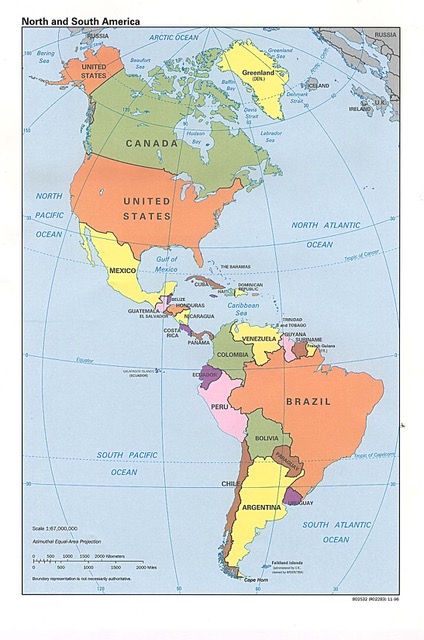February 12, 2014
Salta is still on the go this morning as we take a half day city tour. Hassam drops us near the pink church of San Francisco, undergoing a cleaning, and pulls his van around the corner to avoid blocking traffic! This street is filled with upscale shops featuring hand woven pillows,beautifully crafted silver and brass items, silver candlesticks with leather trim, traditional dolls, and down the street we find designer clothing shops and shoe stores; Lots of shoe stores in Salta.
All of us want to cross the intersection to see the yellow and red Church of San Francisco. As soon as there is a break in the traffic, local folks are darting across the road. There are no stop signs so the first car at the crossing keeps on rolling through. The pedestrians look for a quick moment, not forgetting that cars right beside them can turn right – then they make the dash! After a few good walks, we get the hang of it! Wow!
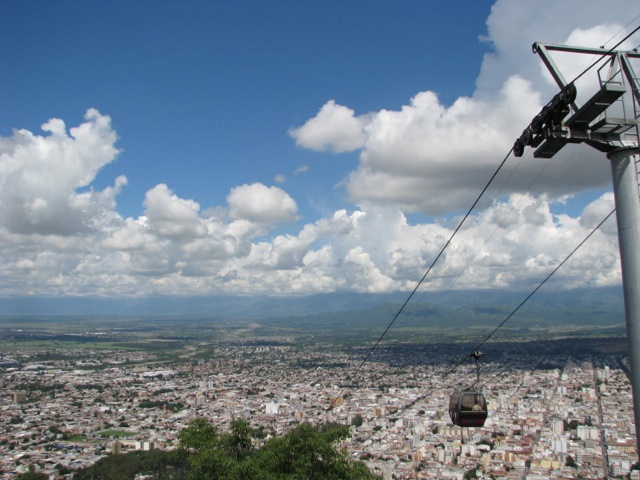 It takes 30 minutes to drive up curving roads to see the park, the view, the cable car. Michael will climb the hill this afternoon. San Bernardo hill has 1,000 steps with landings at 12 stations, each with a picture of a station of the cross. The cable car is another way to experience the view, but none of our group are eager to do this. We choose to walk about at the top enjoying man made waterfalls, the families with children playing, an exercise area with stationary bicycles and rows of typical outdoor market stalls.
It takes 30 minutes to drive up curving roads to see the park, the view, the cable car. Michael will climb the hill this afternoon. San Bernardo hill has 1,000 steps with landings at 12 stations, each with a picture of a station of the cross. The cable car is another way to experience the view, but none of our group are eager to do this. We choose to walk about at the top enjoying man made waterfalls, the families with children playing, an exercise area with stationary bicycles and rows of typical outdoor market stalls.
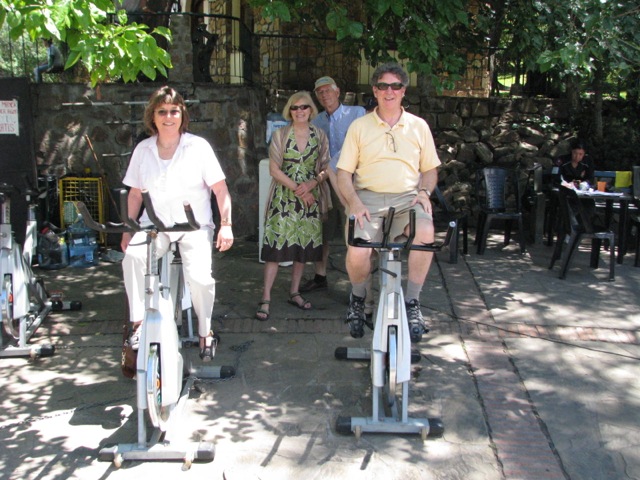
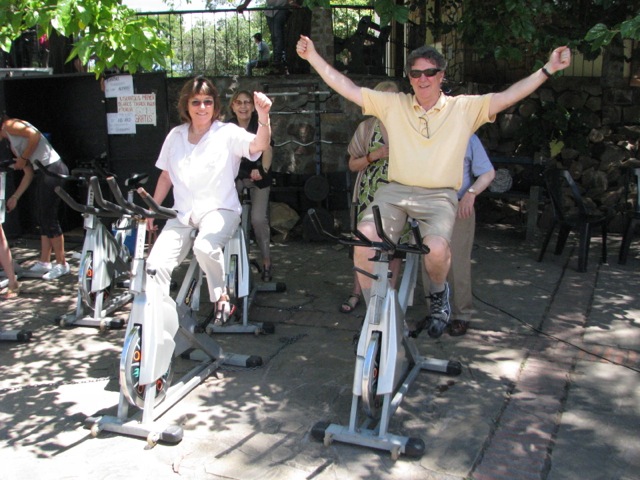
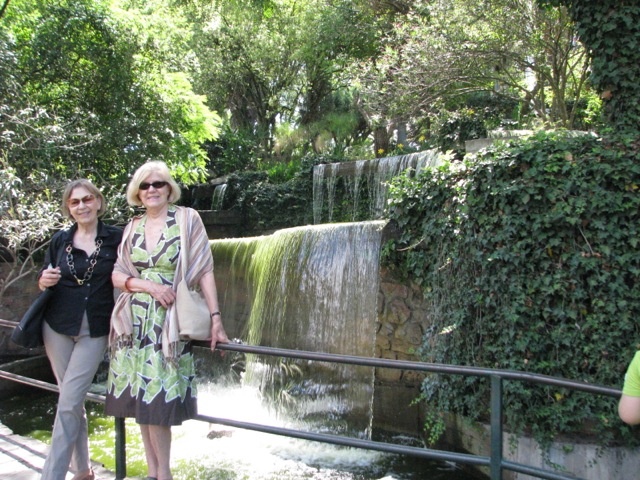
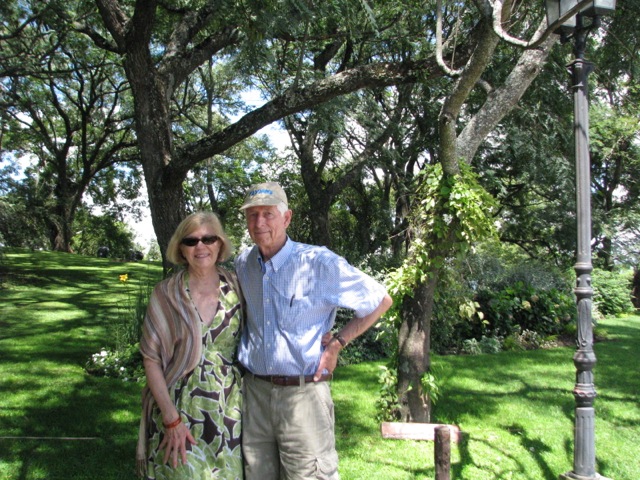 After an enjoyable drive through the lush local park, we return to the city for an afternoon “on our own”. Hassam suggests a lunch spot before saying so long for the day – Damas Salta turns out to be most enjoyable local lunch spot. Our waiter patiently helps us order the local dish, loco, a porridge of lamb and vegetable stew. It matches nicely with a green salad that could be served in any country and the local brew, Salta. Very tasty. Large portions, as usual!
After an enjoyable drive through the lush local park, we return to the city for an afternoon “on our own”. Hassam suggests a lunch spot before saying so long for the day – Damas Salta turns out to be most enjoyable local lunch spot. Our waiter patiently helps us order the local dish, loco, a porridge of lamb and vegetable stew. It matches nicely with a green salad that could be served in any country and the local brew, Salta. Very tasty. Large portions, as usual!
By now, some of us are ready to drop, and some of us muster our curiosity to continue to explore those museums we saw on the plaza this morning!
The Museum of High Altitude Archaeology MAAM!
The High Altitude Museum of Archeology is on the 9 de Julio Plaza in Salta, Argentina.
Up a flight of stairs, past the ticket booth ($10 or 40 pesos for tourists) murals describe the layers of indigenous civilizations; the 3,000 mile long civilization of the Tahuantinsuyu or Tawantinsuyu. No pictures! But see links below.
The Inca archeological museum opened very recently (2004) after the 1998 discovery of 3 young Inca children discovered wrapped in blankets, entombed at 22,000 feet on the top of Llullaillaco, the second highest volcano in the world, in the Andes 300 kilometers from Salta. Because of the sensitive subject of the fate of the children, the museum opened with no fanfare, no celebration, no fiestas. Now, it is still a quiet, unassuming entrance. We choose to walk up the stairs to the first exhibit from the front entrance where there is only the ticket window, and the choice to take an elevator. Past the entrance, I feel the power of curiosity – what a lure. We have come so far! I am eager to see the actual bodies of the wrapped Inca children. Only one mummy at a time is on display. In the third gallery I find the 7 year old boy displayed in double thick pressurized glass container that can be moved if necessary at any time (for instance in the event of an earthquake or extended period without electricity.) His face is perfect, his forehead elongated, as was the custom.His blanket is bright red, his head is curled in towards his knees. He is real. We stare and stare. (See him here: http://www.nytimes.com/2007/09/11/science/11mummu.html?_r=0)
Leather thong sandals and painted ceramics and gold icons with braided hair are among the ornaments the Incas put with their children. These displays making the children’s lives as present as my own.
Capacocha was the name for this ritual of transition. The sacrifices were to safeguard the transition to the next world when an Inca leader died. Select children from a prominent family were sacrificed to offer the leader safe passageway to the next world.
Music plays from the next gallery where the lights are carefully toned, the descriptions are clear in Spanish and some in English. Many full wall size maps depict the enormity and complexity of the Inca civilization, the diversity of their activities and their craftsmanship, and their trade routes and roads.
There is a video of the discovery of the three children. We watch the mountaineers extract the contents of the deep tunnels in a precarious maneuver. Somehow, they manage to maintain the wrapped mass of the body and blanket as they pull it out of the very deep hole. It is believed that the children, while not actually dead when they were entombed, were probably frozen at that altitude. But we just don’t know for sure. The new field of high altitude archeology takes knowledge of mountaineering technique and this business of archaeology!
The three children were found in one of the remotest parts of the Chilean/Argentine border at 6,720 meters – The location is significant because we know the Inca sites at Lake Titicaca, in Cuzco and of course at Macchu Piccu. They were walked here over hundreds of miles. There are more burials up here, but excavation is now suspended in respect for the local peoples and the Inca culture. After these three were discovered, if they had not been brought to a safe place, the graves would be easy to loot. So it was decided to exhume them.
The next gallery is a room used as a classroom with students doing a project there – we don’t interrupt . And two more rooms show more maps of the whole of Argentina and more objects from pre industrial local culture; farming of sheep and hunting of guanaco, etc.
In the back of the last room is another “mummy”. She is a 15 year old. There is a warning not to look if you don’t want to see the child. I push the button for the light to go on to see her. Her face is much more distorted. She is larger. And she was also sacrificed. Was she in agony?
Here we are. We see, but only begin to understand this southern pinnacle that is the ultimate placement of the human sacrifice of the Inca civilization. The children came from the prominent families in the Inca hierarchy. They were paraded through Cuzco in celebration, then filled with food and drink before they were offered to the gods, who, in the Inca culture, exist within the mountains.
Until now, it was not believed that Inca’s scarified people, though there was evidence of animal sacrifices.
 The museum does an excellent job setting a respectful tone and extending the layers of stories to what we know from our travels to Cusco, Peru, to Quito Ecuador and to the desert areas north of Lima in the Mochica region and the Atacama desert in Peru. A most sophisticated civilization. This is the farthest south that the Inca region extended. Salta later grew into a center of trade where Peruvian goods and Bolivan goods were brought to be exported to the mother country: Spain.
The museum does an excellent job setting a respectful tone and extending the layers of stories to what we know from our travels to Cusco, Peru, to Quito Ecuador and to the desert areas north of Lima in the Mochica region and the Atacama desert in Peru. A most sophisticated civilization. This is the farthest south that the Inca region extended. Salta later grew into a center of trade where Peruvian goods and Bolivan goods were brought to be exported to the mother country: Spain.
http://www.patagonia-argentina.com/en/maam-museum-salta
http://www.nytimes.com/2007/09/11/science/11mummu.html?_r=0
Gail and I are still going: we think about an ice cream cone….as we continue around the 9 Julio square founded in 1592! We pass the spectacular architecture of the Americas Cultural Center to the continue on to the largest example of a colonial architecture anywhere: it is now the “Northern Historical Museum” once the town hall. We pay the price of admission and stride on through – a beautiful overview of Spanish colonial life in this wild, remote part of the country.
We will leave the bustling capital of the region tomorrow to explore the vast, incredible scenery; to visit the oldest, continuously operating winery in the country, and to see the remarkable art collection of Swiss vintner Donald Hess. In the remote village of Colome, we will find Hess’s museum designed and built to exhibit exclusively the works of American light artist, James Turrell.
In two days we will span a rainbow of human cultural art and artifacts across more than 500 years; yet most of this part of the world has developed in only the last 10. It is all very new. This is a case when seeing is believing.

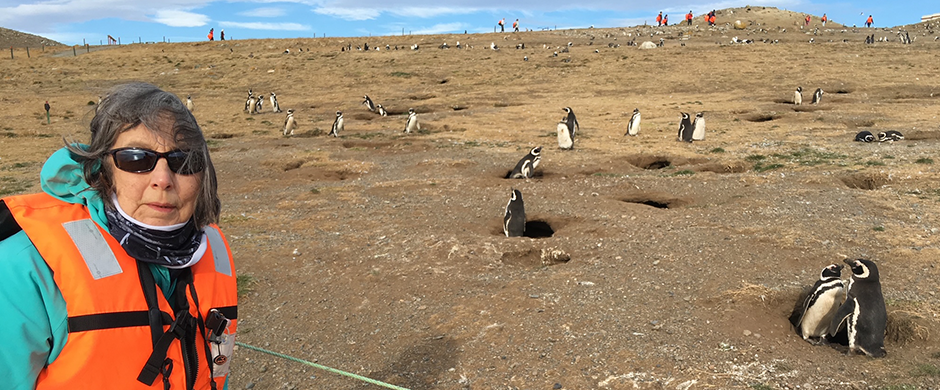

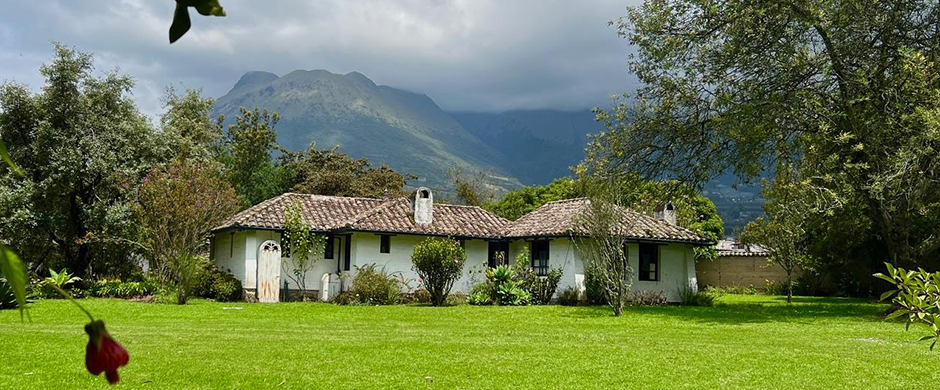

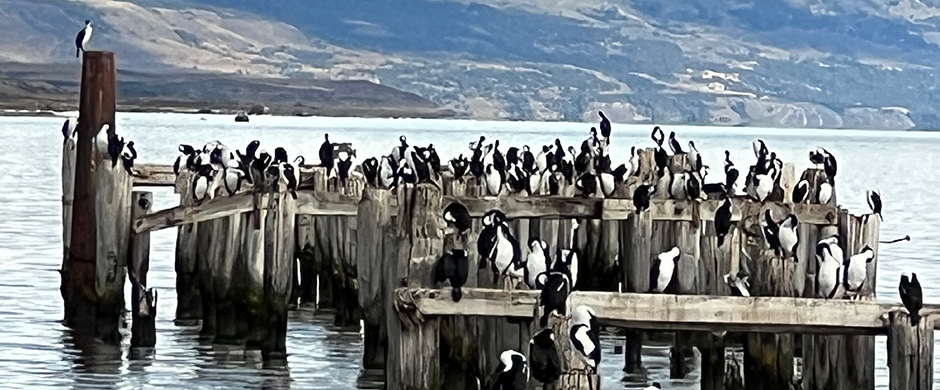
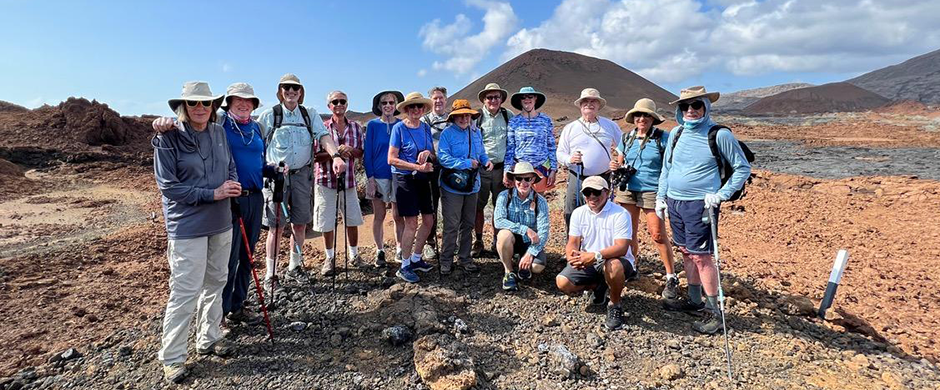

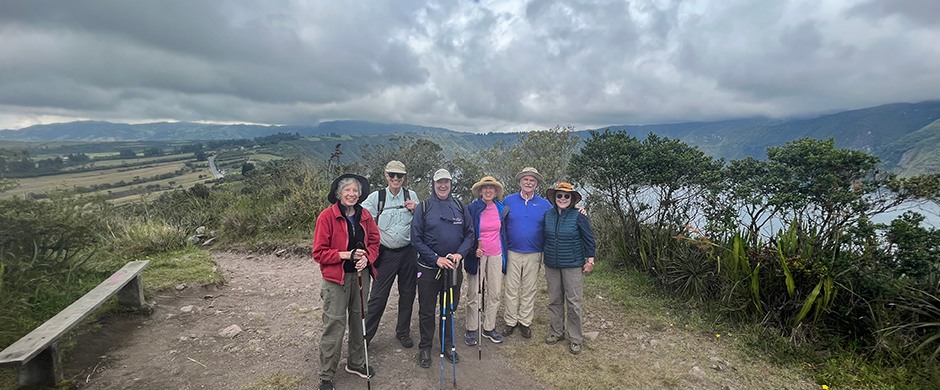
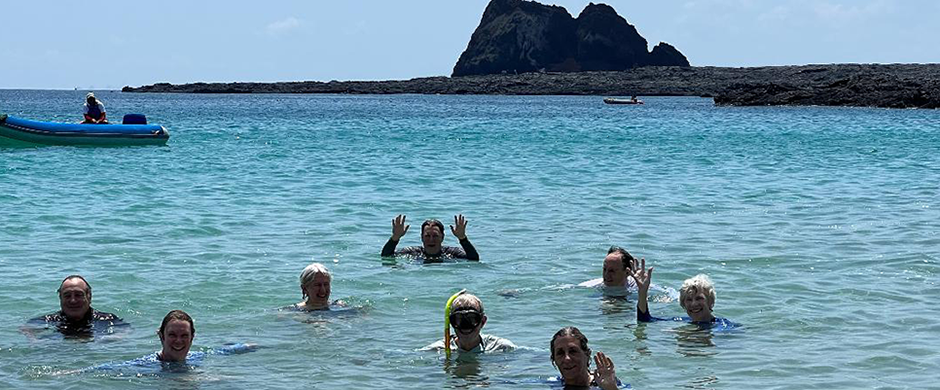
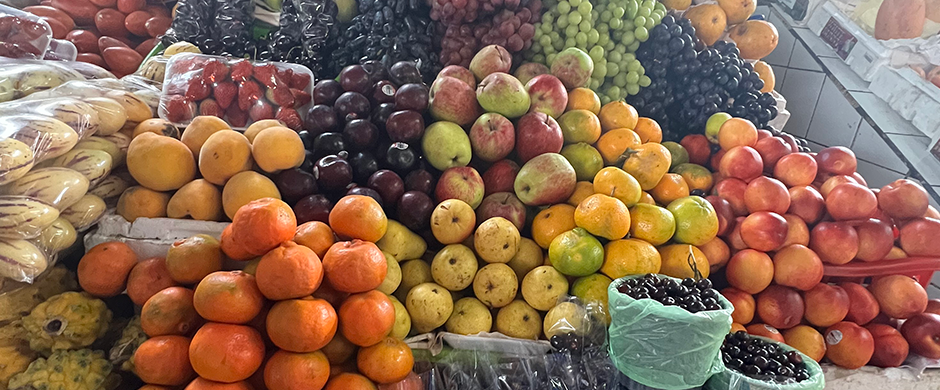
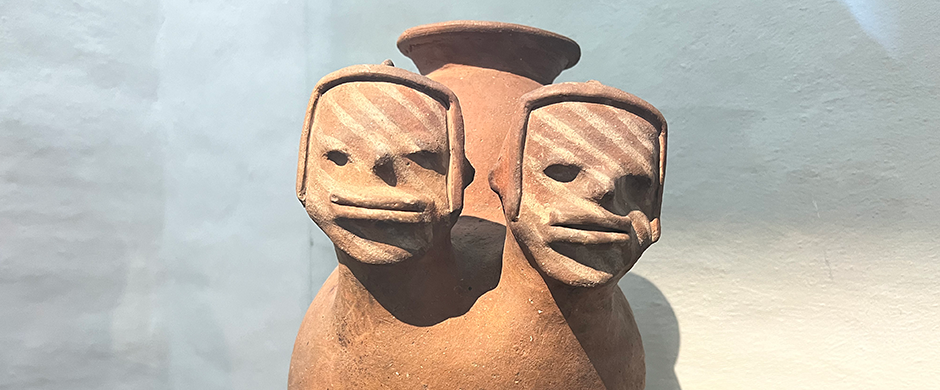
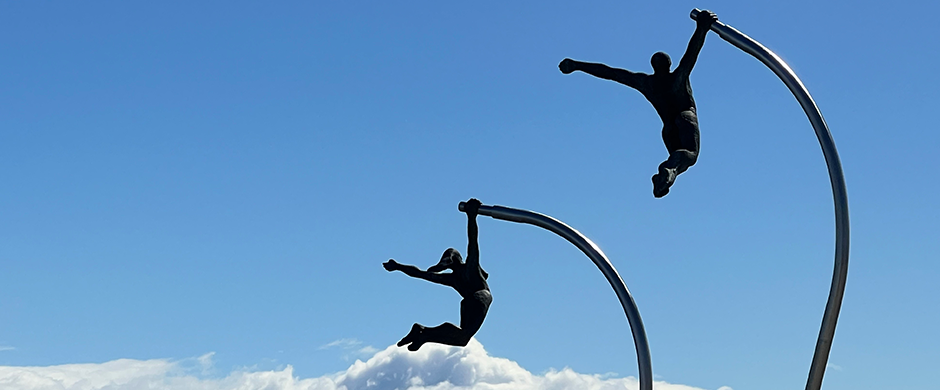
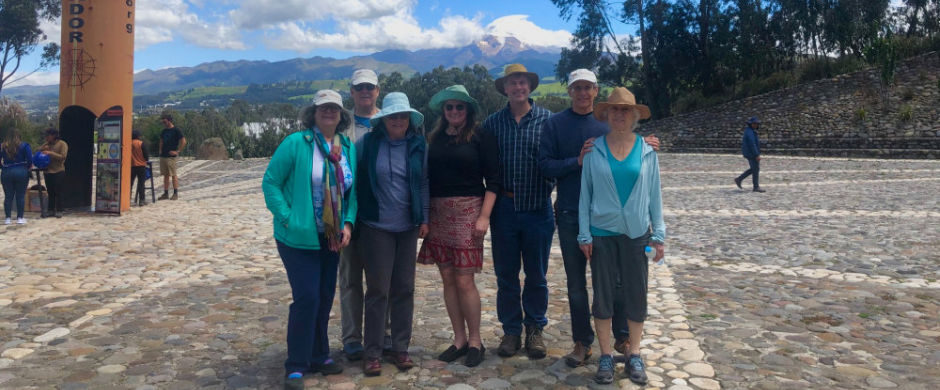
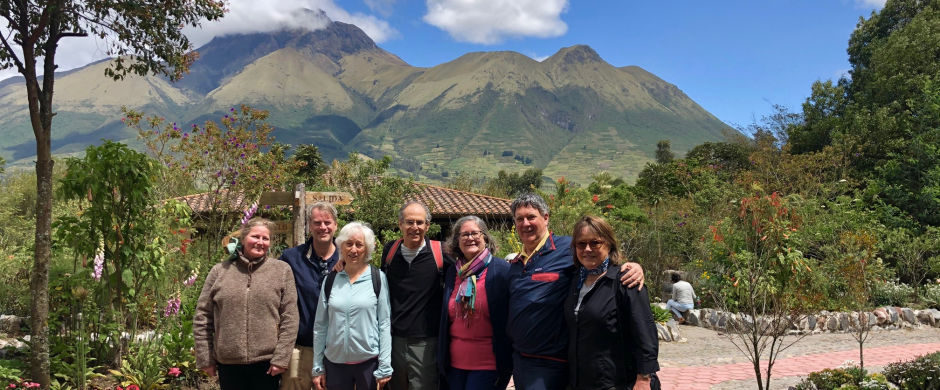
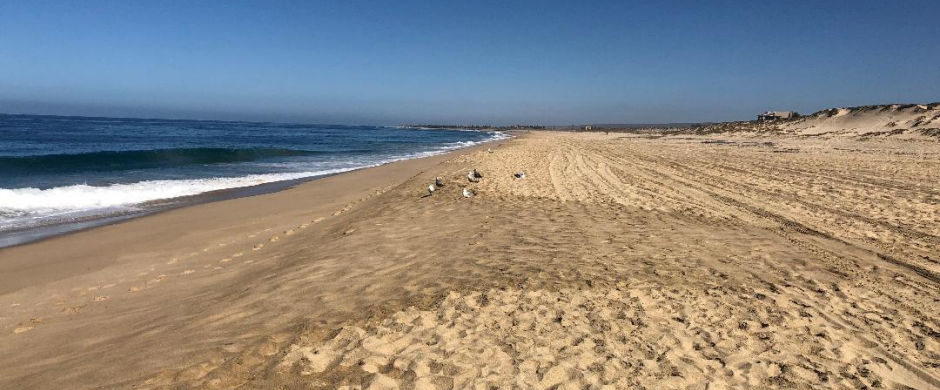
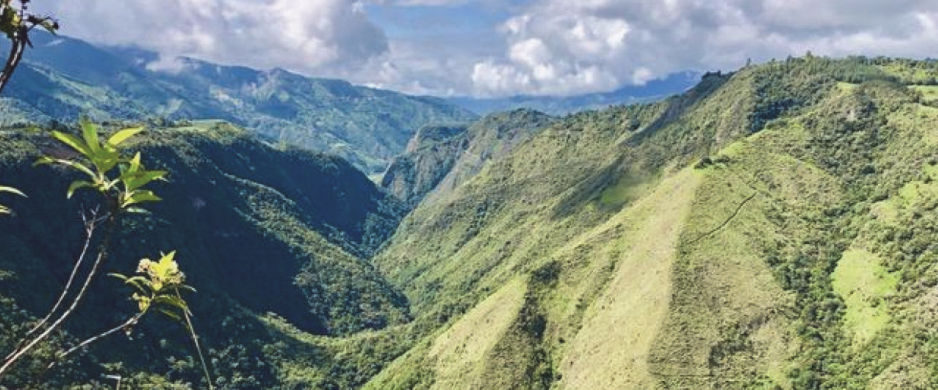
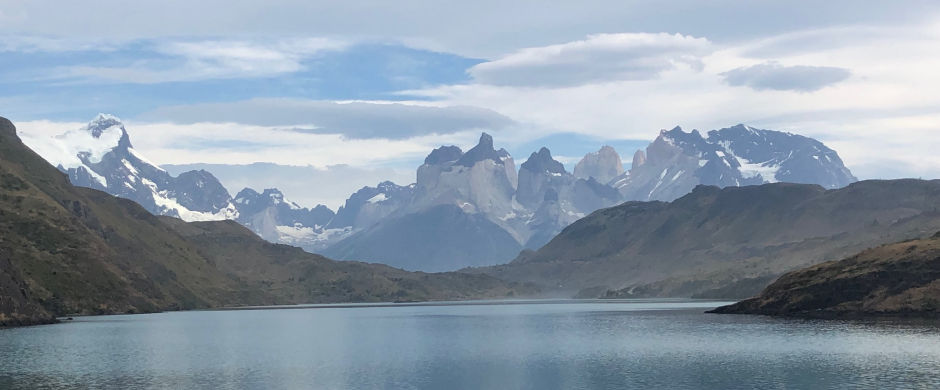
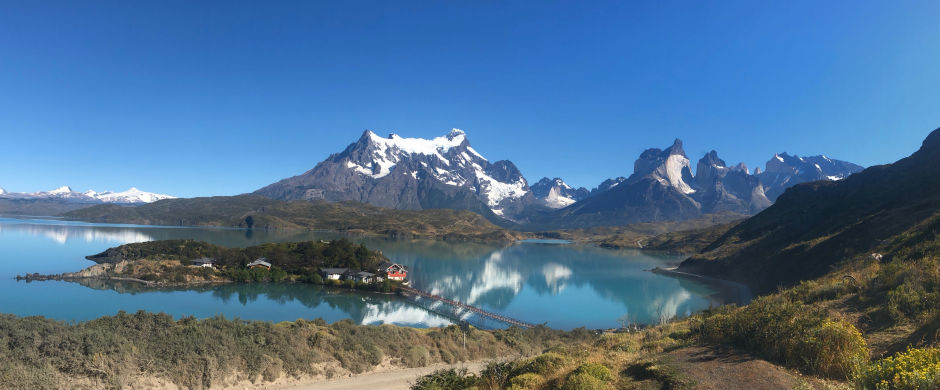
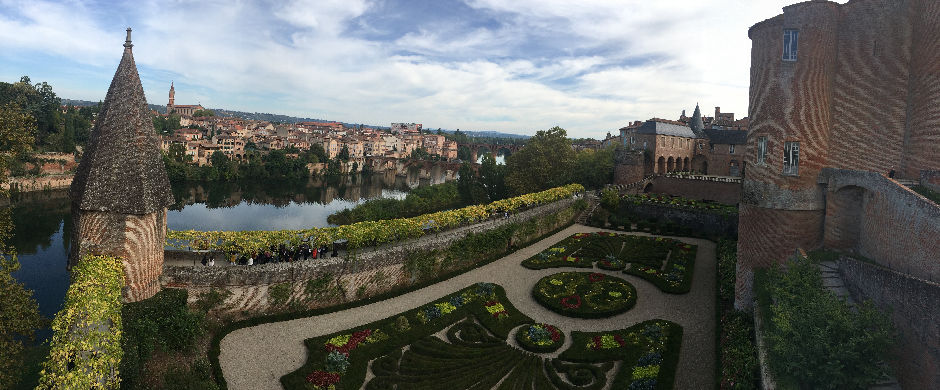
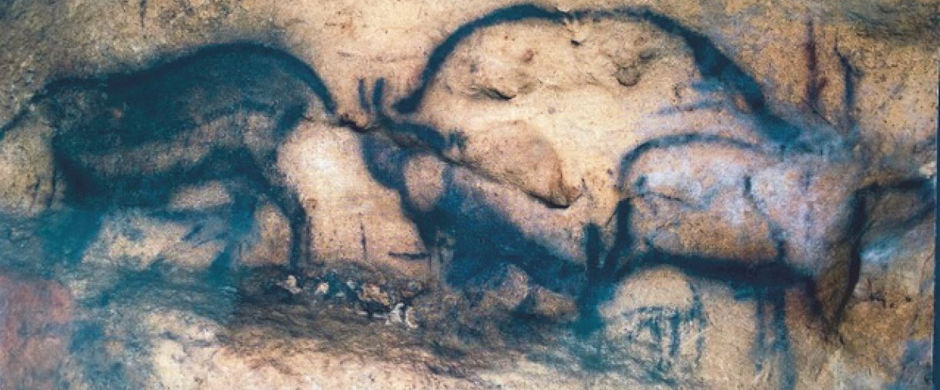



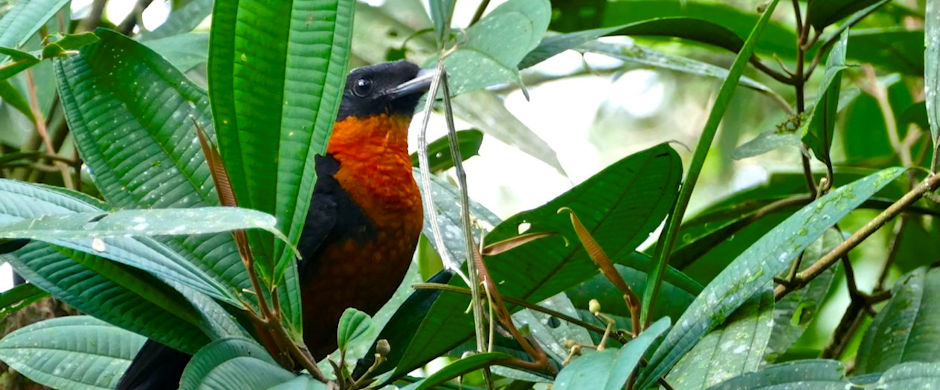

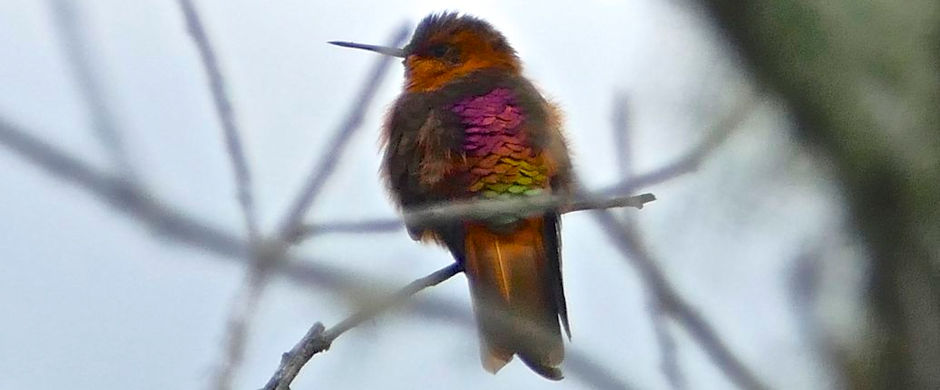


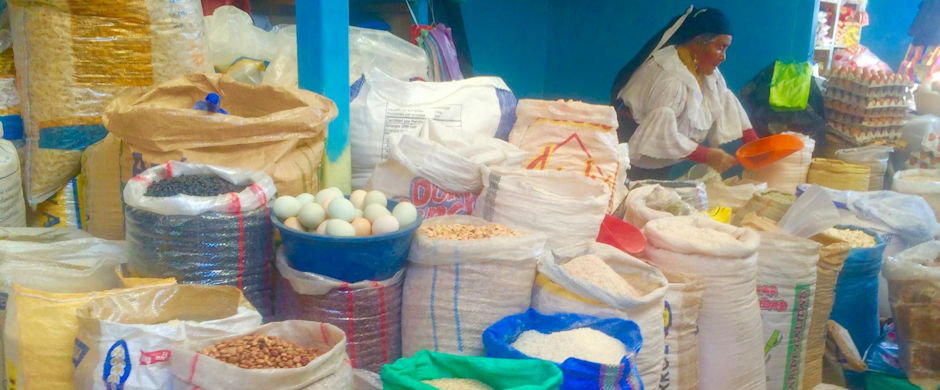

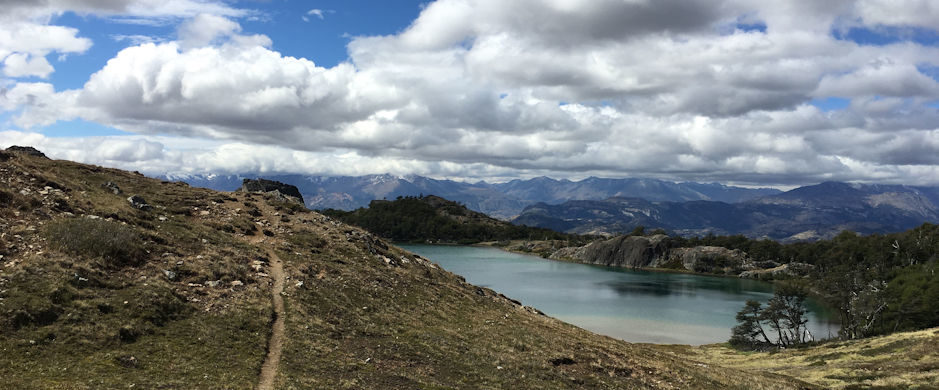
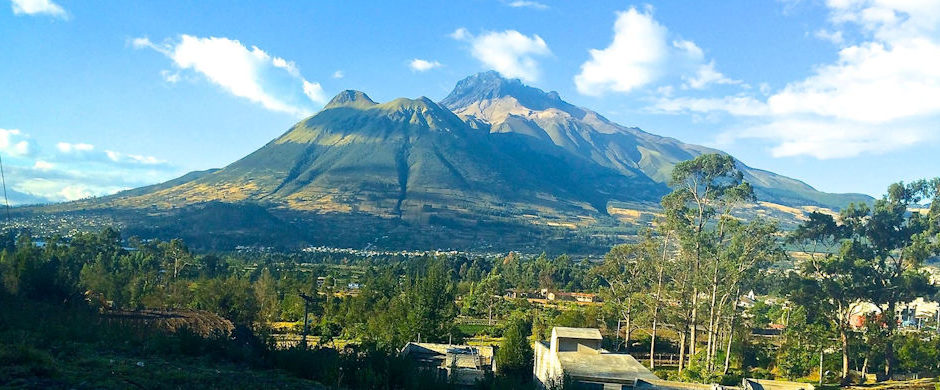

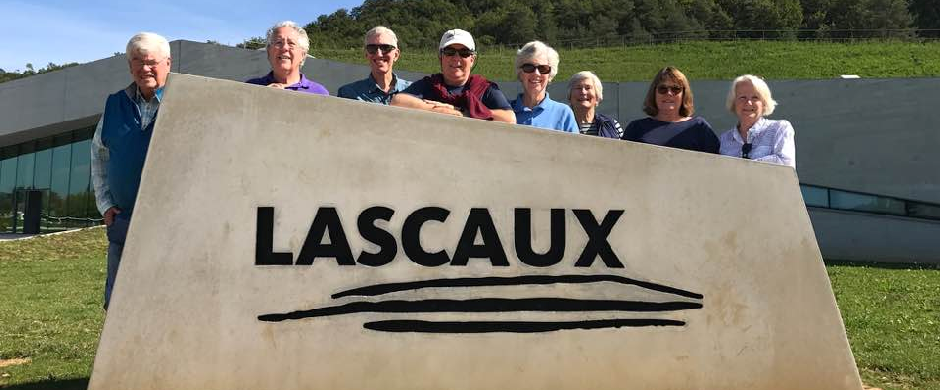
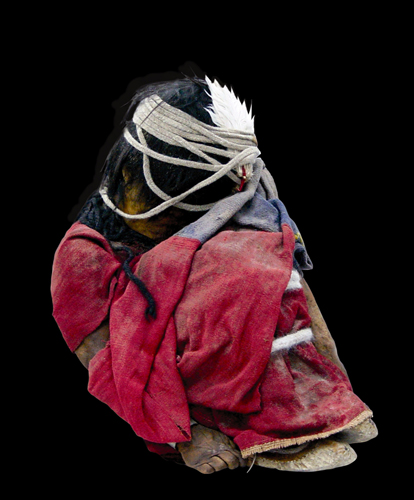
 Follow us
Follow us 